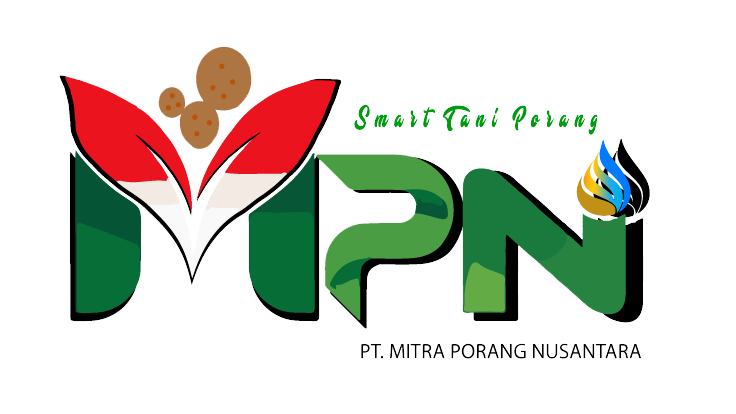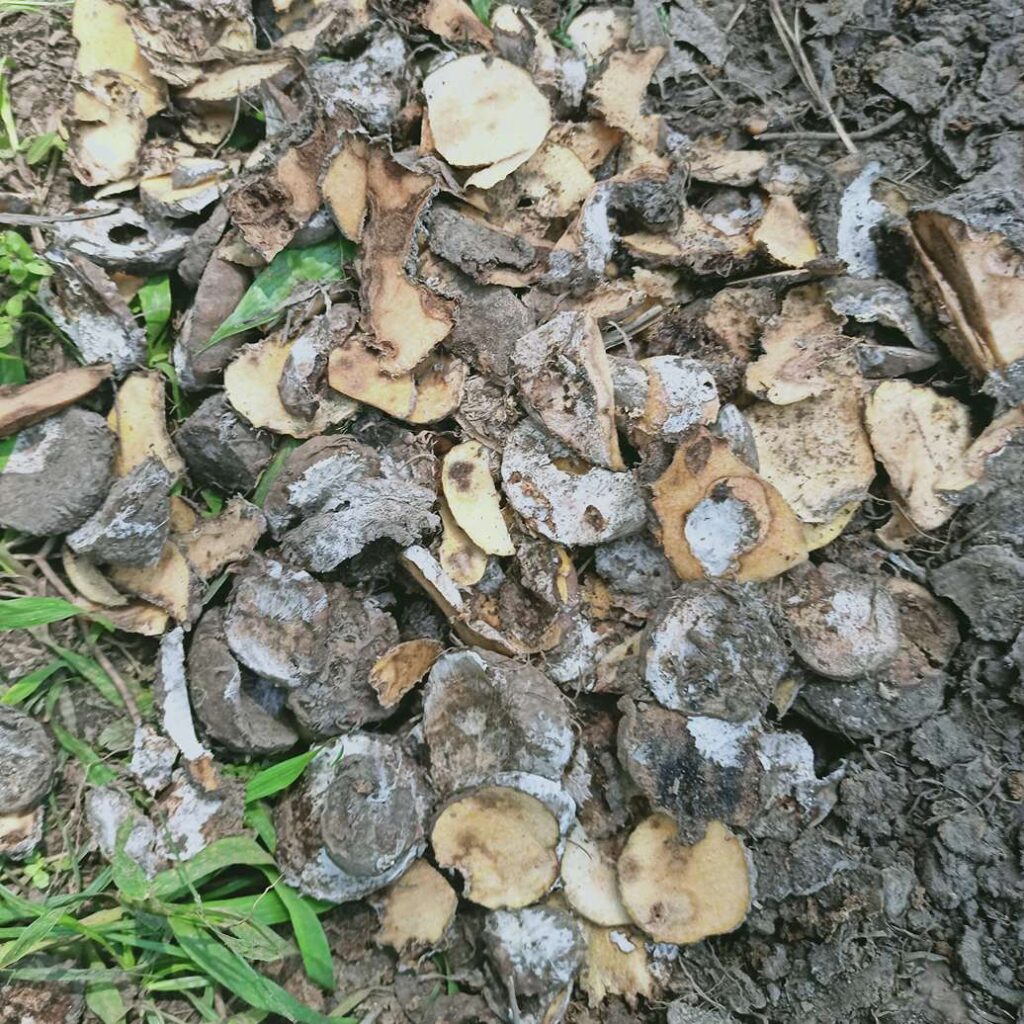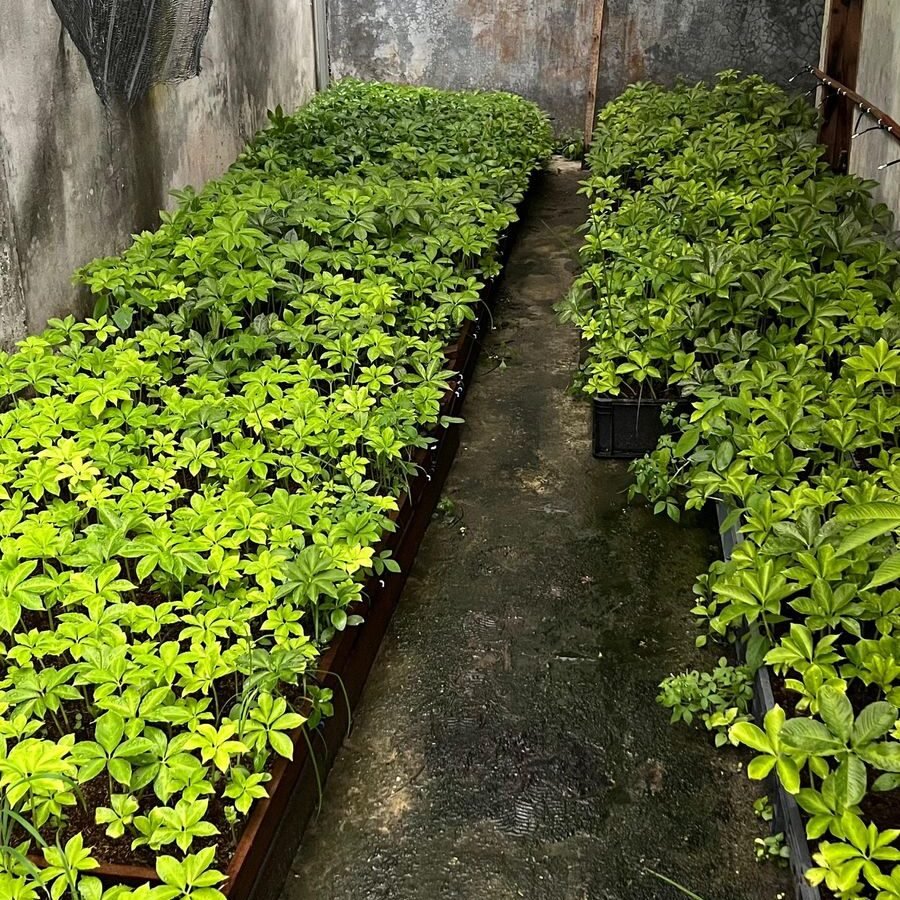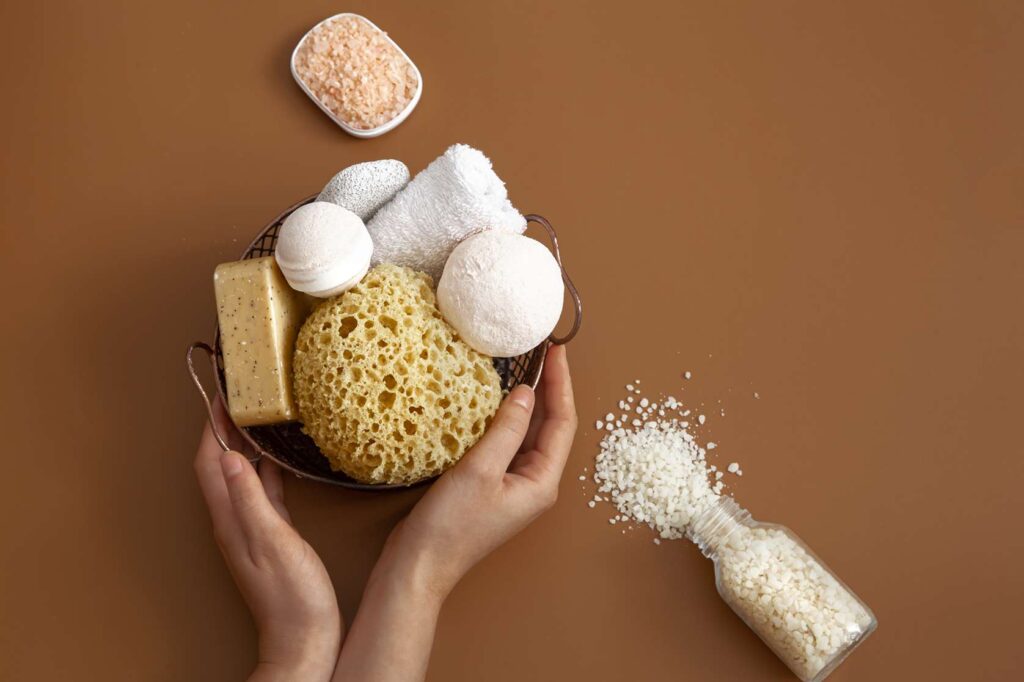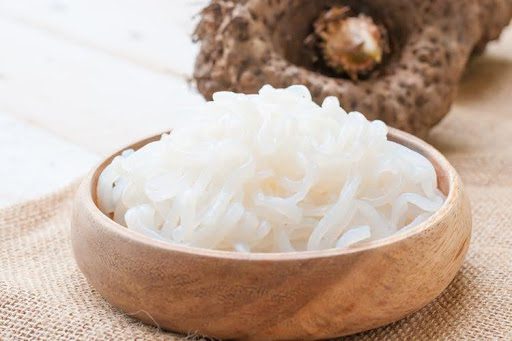In the diverse world of food additives, Konjac Gum and Xanthan Gum stand out as two widely used substances, each with its unique set of properties. Let’s embark on a journey exploring the distinctions between these gums, from their origins to their applications in the culinary world.
The Difference Between Konjac Gum And Xantham Gum
Konjac gum and xanthan gum are both types of hydrocolloids, which are substances that form gels or viscous solutions when mixed with water. While they share some similarities, there are key differences between konjac gum and xanthan gum:
1. Source
- Konjac Gum
It is derived from the root of the konjac plant (Amorphophallus konjac), which is native to Southeast Asia. The extracted glucomannan from the konjac plant is used to produce konjac gum.
- Xanthan Gum
It is produced through the fermentation of sugars by the bacteria Xanthomonas campestris. The polysaccharide produced during this fermentation process is purified to obtain xanthan gum.
2. Chemical Structure
- Konjac Gum
The main component of konjac gum is glucomannan, which is a heteropolysaccharide consisting of glucose and mannose units.
- Xanthan Gum
It is composed of glucose, mannose, and glucuronic acid units. The specific arrangement of these units gives xanthan gum its unique properties.
3. Texture and Gel Formation
- Konjac Gum
It forms a gel with a brittle and firm texture. It is often used to improve the texture and mouthfeel of certain food products.
- Xanthan Gum
It forms a more flexible and elastic gel. Xanthan gum is known for its ability to increase viscosity and stabilize emulsions in a wide range of conditions.
4. Applications
- Konjac Gum
Commonly used in the food industry as a thickening agent, gelling agent, and stabilizer. It is also used in the production of some traditional Asian foods.
- Xanthan Gum
Widely used in the food industry as a thickener, stabilizer, and emulsifier. It is also used in various industries, including pharmaceuticals and cosmetics.
5. Health Benefits
- Konjac Gum
Known for its potential health benefits, including its ability to contribute to weight loss due to its low-calorie content and its role as a dietary fiber.
- Xanthan Gum
Generally considered safe for consumption, but it does not have specific health-promoting properties like konjac gum.
6. Allergen Information
- Konjac Gum
Generally considered safe for individuals with common food allergies.
- Xanthan Gum
Typically safe for individuals with common food allergies.
Conclusion
In summary, Konjac Gum and Xanthan Gum, while sharing some similarities, present distinct attributes. Whether you seek a gelatinous texture or improved stability, understanding these gums’ differences empowers you in the kitchen.
Whether you’re a seasoned chef or a home cook experimenting in the kitchen, the versatility of Konjac Gum adds a unique touch to your recipes. For those looking to buy Konjac in bulk, consider turning to MPN, a reliable source offering a diverse range of high-quality Konjac products.
What’s more, their international shipping services make it convenient for enthusiasts worldwide to elevate their culinary experiences!
